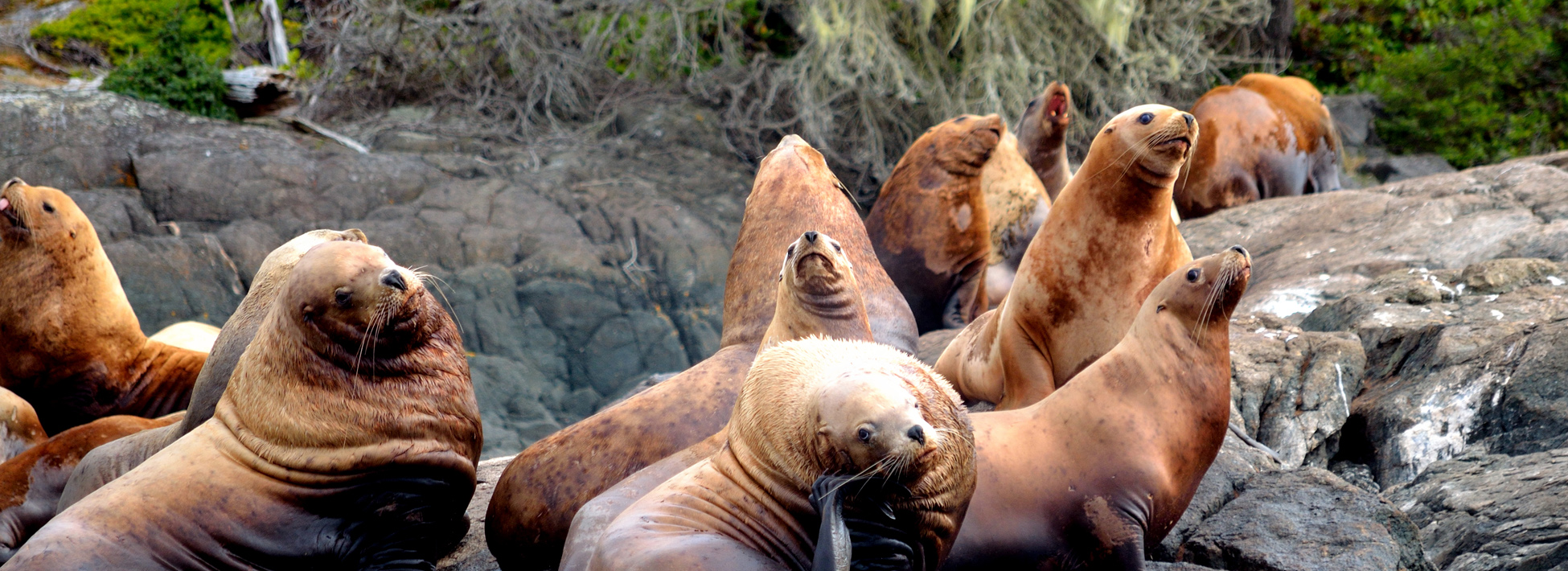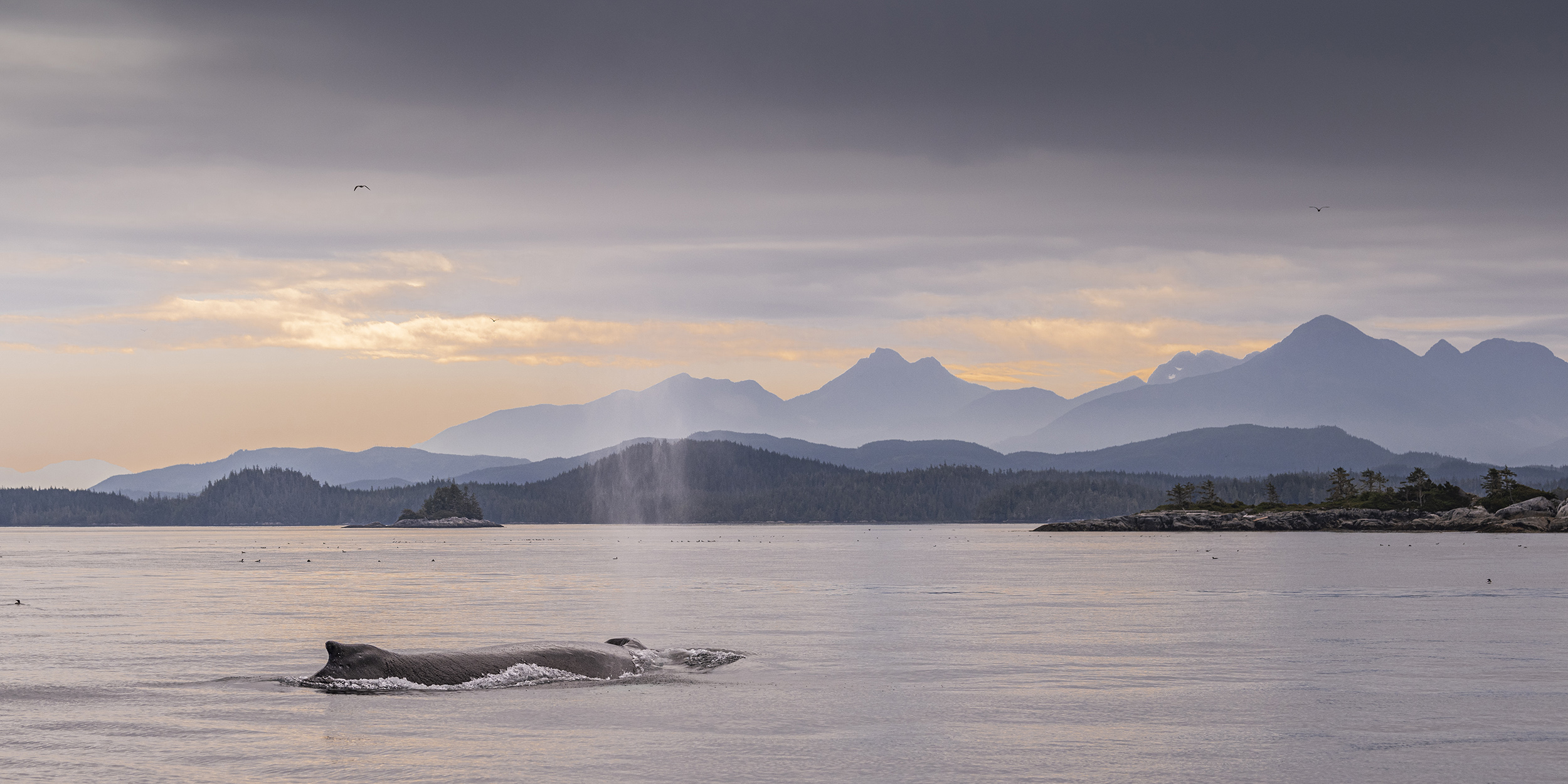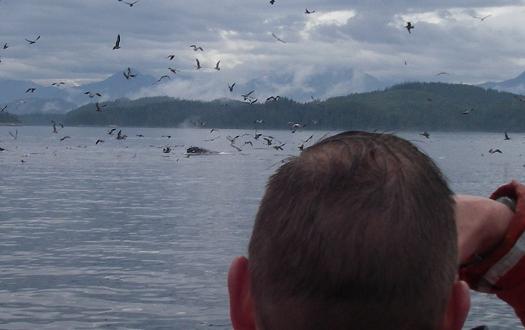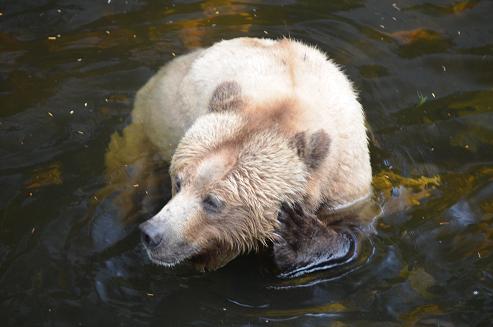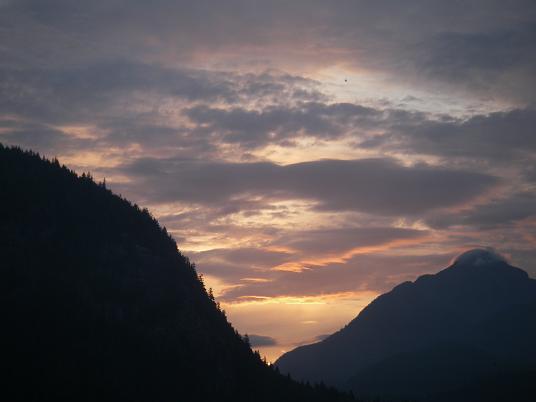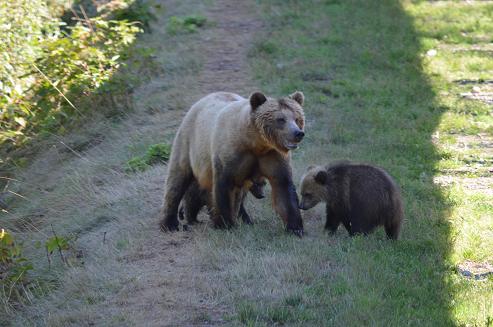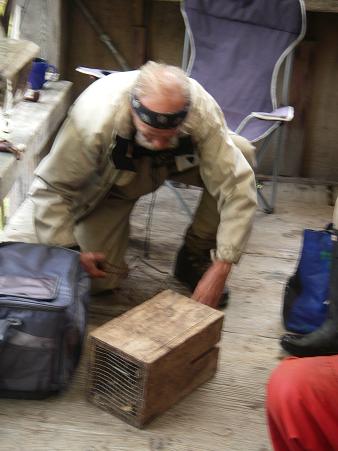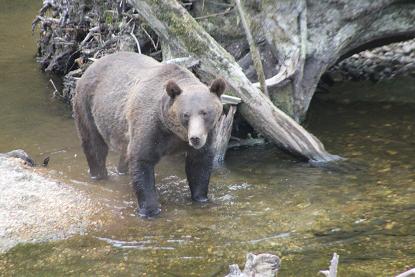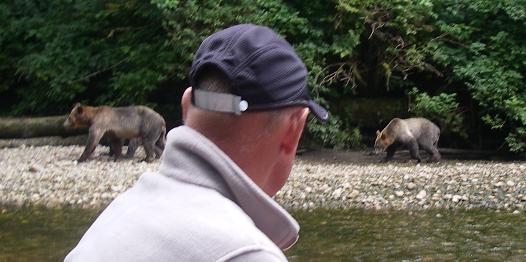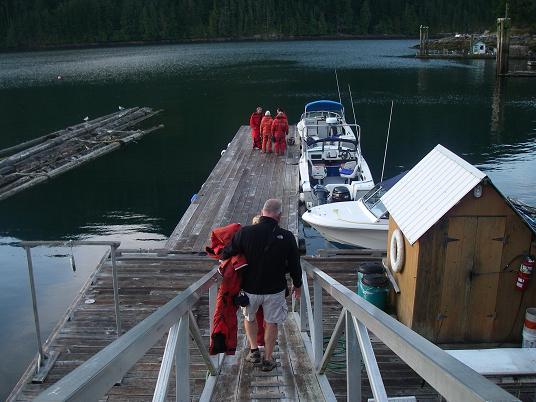The seagulls in this photo are the key to good whale watching. Humpback whales in our area feed on herring. Diving ducks attack the herring from below and their defence is to form a tight mass of revolving herring (a herring ball) which moves to the surface. When the herring near the surface the gulls attack from above and that is what your guide wants to see. Once the gulls are spotted it is necessary to move toward the herring ball without making the ball disperse and then wait for a humpback whale to lunge up and eat the herring. On this attempt the humpback was faster than the guide to reach the herring so our view was from the distance but if you check the post’s from April 6th and 7th you can see that is not the norm.
